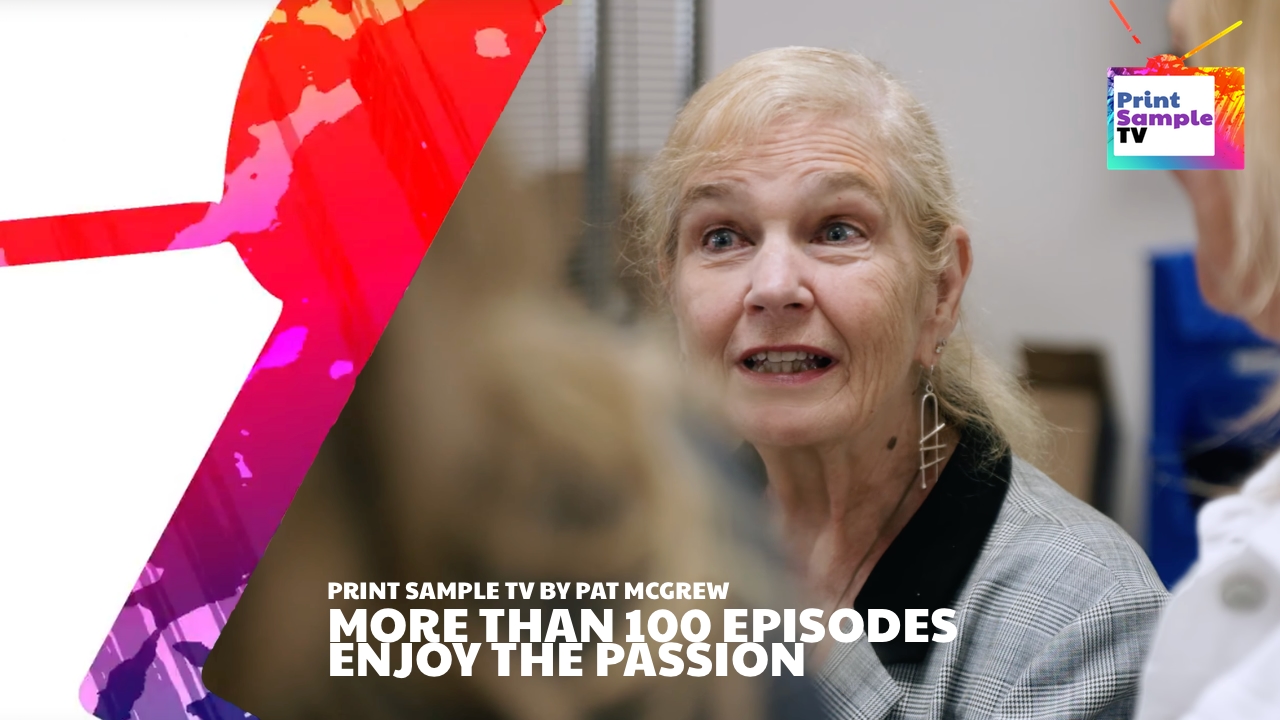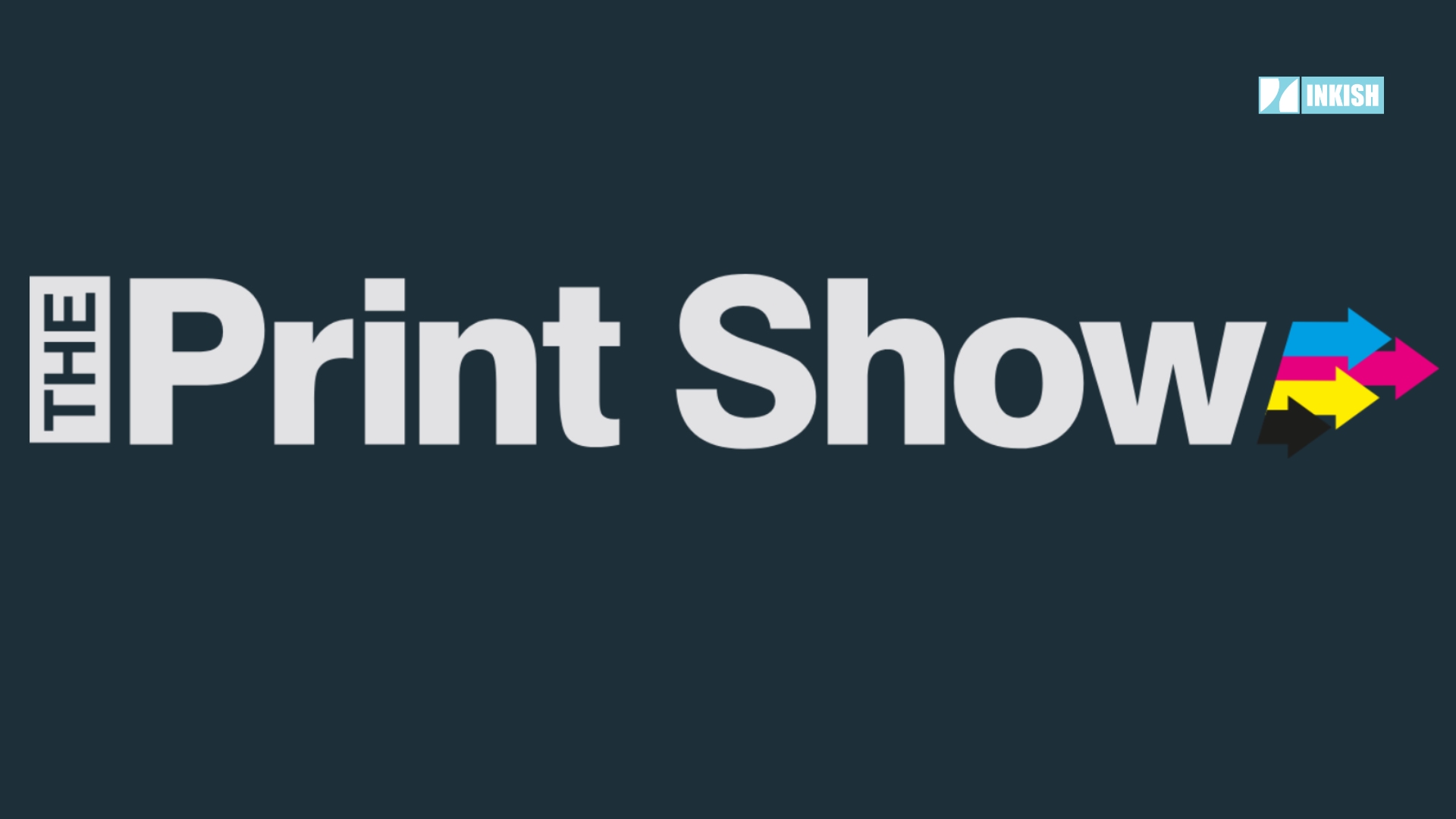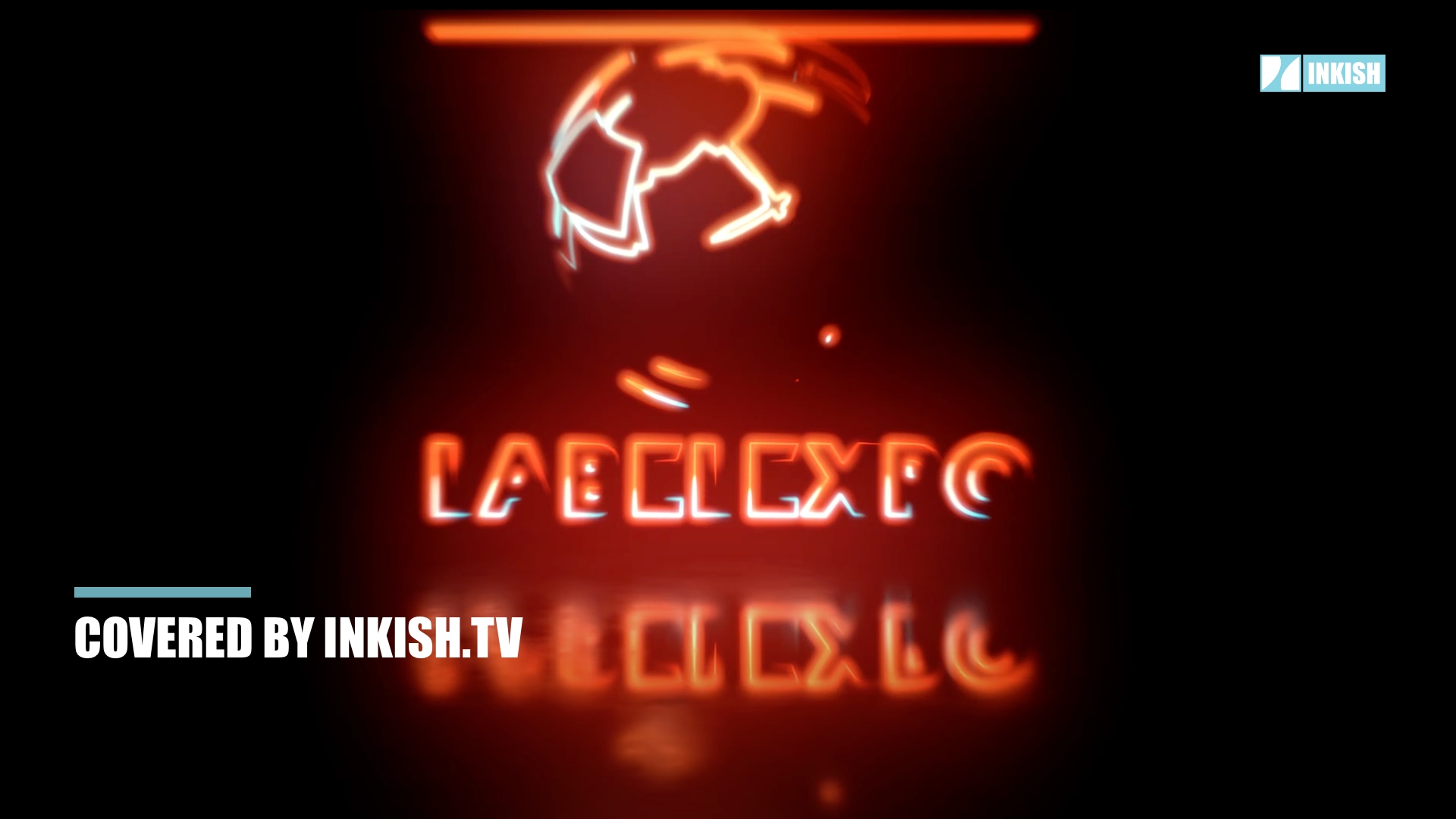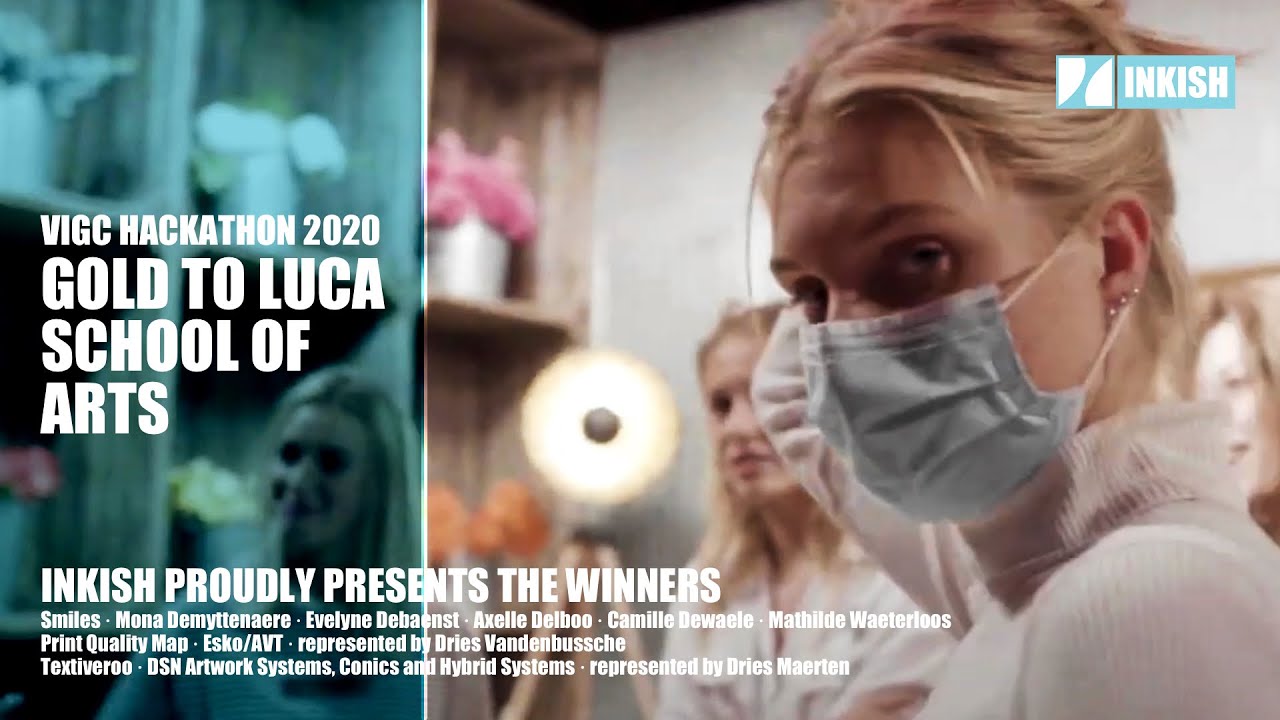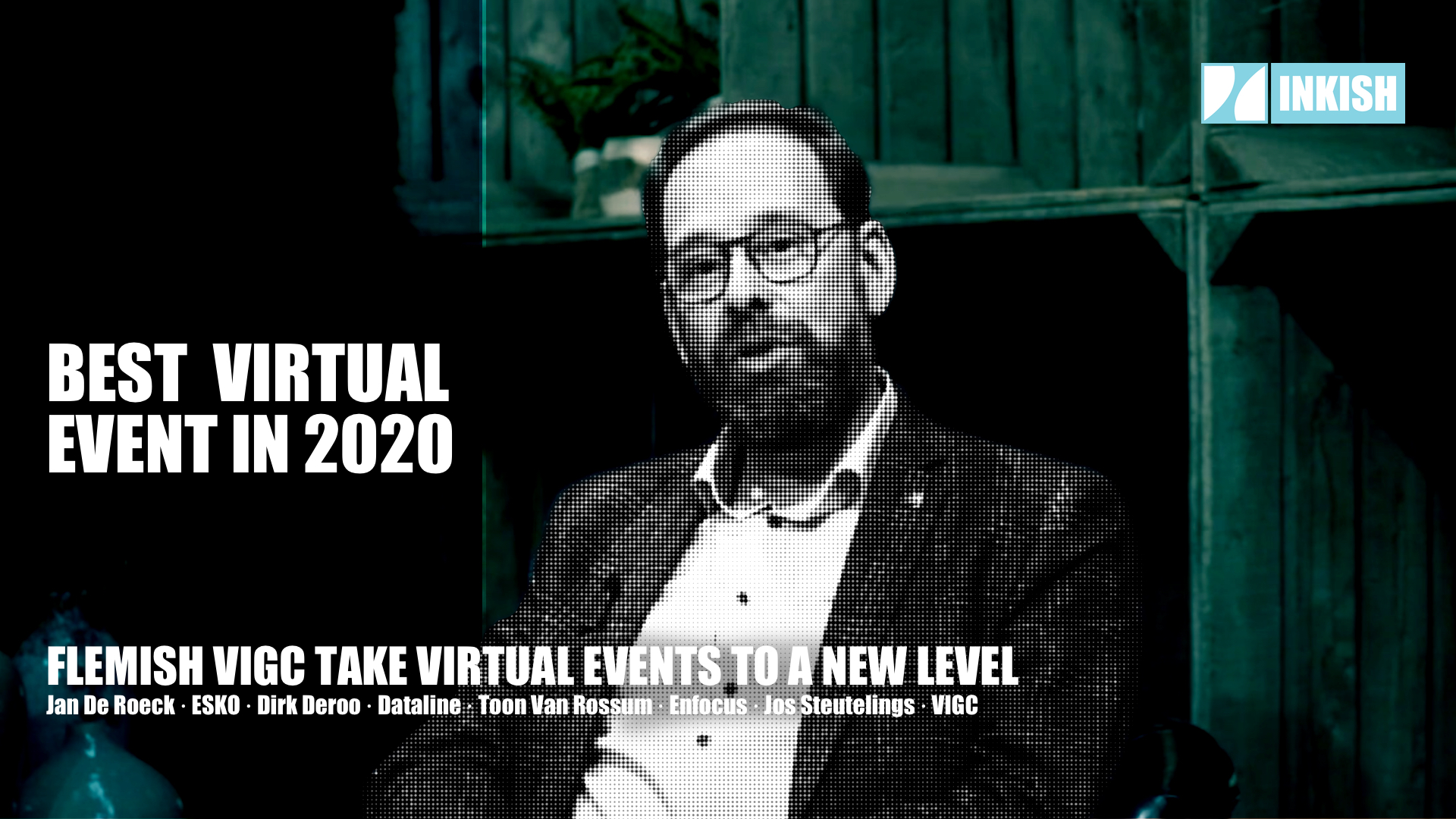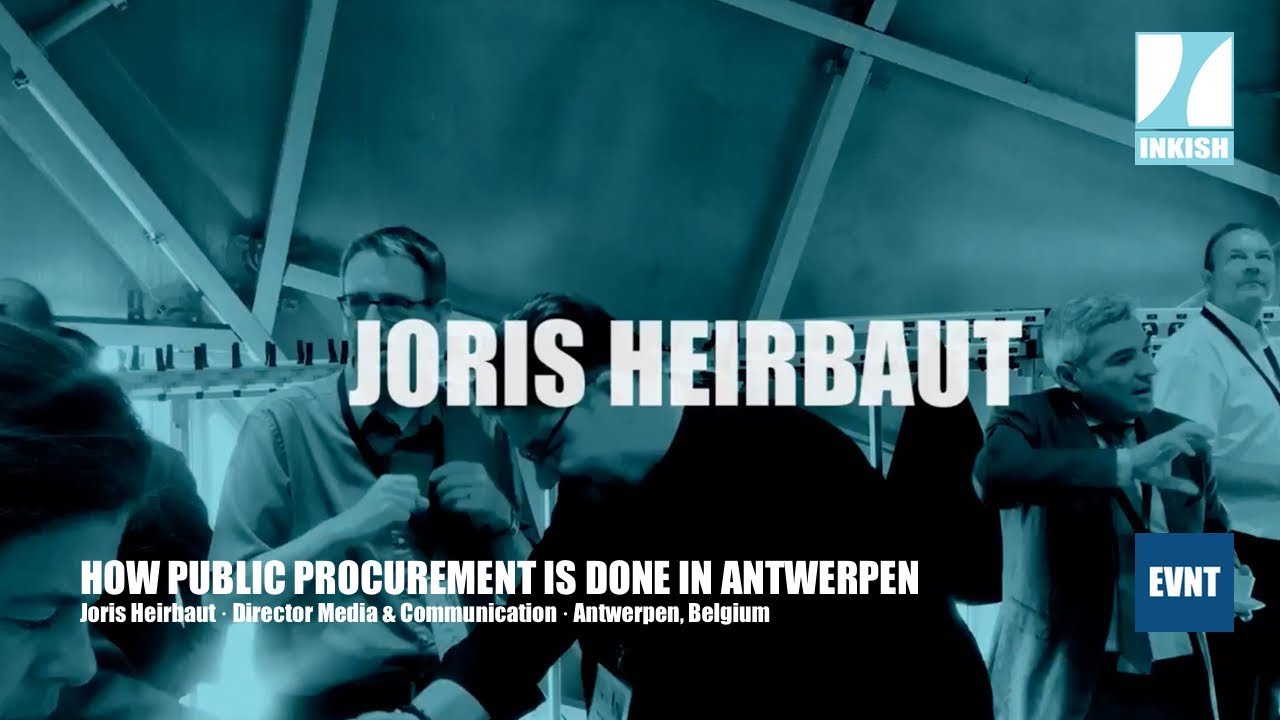Gold to Luca School of Arts at the VIGC Hackathon 2020 · see the winners
In the VIGC Hackathon, the goal is to come up with an innovative solution or an innovative business model for the printing industry in a limited amount of time.
The next step is a pitch where the participants (in this case 13 teams) present their prototypes to a professional jury, who will analyse and pick the winners.
GOLD:
Team Interaction Design – Luca School of Arts (Ghent, Belgium)
Winning Project: SMILES
The team of 5 students of the Luca School of Arts won the very first Graphic Arts Hackathon.
âSmilesâ uses the digital content from your smartphone for the content of a printed book.
In this case, photos of smiling faces on the smartphone are detected via ‘smile detection’ software. Both the front camera picture from the person taking the snapshot as well as the actual back camera picture are being recorded and used in this smiles photobook. These memories are then collected in a personalized book along with all the content that made that person laugh. This winning ‘Smiles’ project with their clever idea also brought a smile on the faces of the jury, amongst our own Morten B. Reitoft from INKISH.
A well-deserved victory!
SILVER:
Team âPrint Quality Mapâ a team from Esko / AVT.
Represented by Dries Vandenbussche (Director of Ideation â Software / ESKO)
The second place is for Team âPrint Quality Mapâ.
This is a solution that visualises quality problems in print runs and visualizes this on a screen in a way like a weather / heat map shows, for example, storm or heat areas. These Print- âheat mapsâ are generated by cloud-based algorithms that use the data from the press inspection systems and communicate in real time. This advanced measuring software optimizes the colour stability in packaging printing on the actual printing press by detecting and predicting possible problems early on in the printing process.
BRONZE:
Team âTextiverooâ with members from DSN Artwork Systems, Conics and Hybrid Software.
Represented by Dries Maerten â Owner Conics
Third place goes to Textiveroo and is a solution for automatic text & barcode extraction.
This artificial intelligence-driven software package ensures automatic conversion to other languages and the corresponding positioning of information on packaging. The files are analysed, and the relevant text is extracted from existing packaging artwork files. The benefit of this is the reusability of these elements for publications on online web portals or for streamlining the translation processes.
*Next yearâs VIGC graphic arts Hackathon is scheduled for October 11th and 12th 2021.
Why did you choose to participate in the Hackathon?
Well, we’re four students of Luca School of Arts and actually we participated with our whole advertising class. Our teacher pushed us a little bit. Because we didn’t know the Hackathon before, but we actually really liked it.
It was a hectic two days but we love it.
What product did you come up with? What was the winning idea?
It was smiles. Smiles as a function for a smartphone. That’s with a face recognition. It connects. So when you smile at something, on your phone. It will capture the thing that you’re smiling at and a little photo of yourself when you’re smiling. And after that, at the end of the year or something, you get a book with all the prints, with everything that made you happy that year and with your little photo always in the back. So it’s a great printing experience and it’s with all your memories. So that’s our solution we created. So digital and print can be one again. And it’s…yeah, they both have a lot to give. So
Being the big winner of the VIGC Hackathon, what is the next step for you girls?
Yes, it’s a bit overwhelming. But a few print companies and other companies already contacted us. I think we’ll keep our options open and see what’s the best option for us. We’re students. We’re going to talk a lot. We invite a lot of people. And, yes, we’ll see.
Do you see a future for yourselves in the graphic arts industry? In what field or line of work would that preferably be?
Well, we’re studying advertising. So that would be a logical step to follow. But we don’t know what we want to do in life, so maybe we hold all options open. So we’ll see what the future will bring.
How did you get involved in this challenge, the Hackathon?
We indeed got introduced via the VIGC and EY. That this event was going to happen. Looking at the assignment of bringing brand owners and convertors closer together. We believe that ESKO was definitely a very good partner to participate in this event. Because it’s part of our DNA basically to have brands and supply chain as customers. So bringing those two together was like almost a trivial choice to say: Yes, we are in and we want to participate and do something. Absolutely.
Can you describe in short what your team came up with and what does it do?
While we wanted to come up with something very innovative. That’s part of the idea of a hackathon, of cours. And we partnered together with AVT and looked into: OK, what are the problems today within the brands and the converting space? And we learned that for the brands, it’s very difficult, let’s say, for them to find out where the jobs are. So the visibility of production jobs is pretty hard. As well as the guarantee that what is being produced by the printer is according to the specification from the brands. On the other side, you have the converter, the printer, so they get the specifications from the brand. But let’s be honest, a printing press is a mechanical beast, so you cannot really say that everything is very stable across the whole production run. It’s very hard. So we believed okay there is something in it. Let’s let’s have a look. Did print inspection, can we do something better than what exists today? Basically. So what did we do? We put AVT cameras within the printing press that we don’t just measure specific points like very often is what is happening today. But we measured the full run. We captured the full image from the left to the right of the printing press from role to role. So the whole print run, after capturing that data, we put kind of a heat map on top of the print run. Like the radar of the rain, for example. Where you can see from green, it goes into orange, it goes into red. It really starts deviating from what you expect. And having that heat map, that defect map on top of the printing press or the printing roll, it has quite some advantages. So for the printer operator, if we start with that persona, he sees immediately, very easily visual what is happening on the printing press so he knows it’s better to the right and to the left or over time something is happening. And he can easily see also that there is a drift. If color starts deviating, he sees that it becomes more orange or almost red. And he can anticipate he can say: OK, I have to do something to make sure that I stay within my tolerances. Then you have the production manager. And if he starts aggregating all that data, not just that press run. But over time, every single hour, day, you name it, different presses, different facilities, where is being printed for bigger groups. That is very interesting. If you start miming that data. Big data. Right? That you learn from – what happens in production? What goes wrong in production basically? And learning from that increases print efficiencies, lowers the costs, which is one of the KPIs of that persona. And then last but not least, the brand owner. Because we capture everything, we have the heat maps on top that show him that we stayed within tolerances. And that is, of course, a value for the brand because he has a guarantee. He has a report that the delivered good is according to the specification. That’s in a nutshell what we have been working on during the two days of a hackathon.
What next with this product? Are you going to market it?
We got pretty far. We are very happy with the technical solution that we created. We have a working prototype with the AVT and the ESKO team working together. We did some validation as well. So we we learned from the Coca-Cola, the Procter and Gambles of this world, as well as from the printing groups like Amcor or Tetra Pak, that this is something big. This is something that there is a lot of interest in. And so we are pretty sure that we are on something big. We have to continue with this. Where are we? If we get into the market with a certain products, we work with certain tollgates to release the product. And we are pretty close, I think. Right now with what we have delivered on getting to a go-no-go-tollgate where we say: OK, we put the dollars on the table. We invest in R&D and in marketing and you name it. To bring that product into the market. So let’s say practically we believe that within 12 to 15 months. If we get the green light from management, of course. But in let’s say 15 months, we should have a product into the market based on what we have been working on and the Hackathon.
You decided to team up for this EY/VIGC Hackathon, who were your team members?
Actually, CONICS is all about collaboration and what we do every day is collaborating with our customers. But also with other suppliers. So as soon as we heard that there would be a hackathon organized by the VIGC I was very fond of it. And I immediately contacted Jos and said: OK, I would like to join and preferably we would like to join in a mixed team with other people. So he gave us some names and we looked into our network and we quite fast were able to create a team with the DSN and with HYBRID software.
What was the name of your product and what does your solution do?
Well, the team came up with Textiveroo. To be frankly, I was not part of the team of the team. It was my colleague Frederic and the development team who was a part of it from CONICS. And actually they developed a tool where they could upload artwork files. And thanks to the hybrid software, we were able to export a text from any illustrator or PDF file. And then with the CONICS development team, we created a database so that the text could be stored in our database and it was ready for translation. So actually, it’s it’s a product for brand owners who have already some packaging files, who already have artwork and who are looking to expand to market to other languages also.
Being one of the winners, what is the next step for your product? What type of user are you aiming at?
We collaborate with the DSN. So actually, it’s a product which is ideal for their customers. It’s something they are faced with every day. The collaboration was great. We were able to do it in a day and a half. So meetings are already scheduled to look how can we improve it? But if you look at the Congress of today, we have made a lot of nice meetings and a lot of good contacts. It’s about collaborating. It’s about meeting other people. So we’re very happy to be able to participate in the VIGC and we’re looking to to collaborate with other people in the industry.
How did you come up with the idea of a Hackathon?
To be honest, the idea came from Jan De Clippeleer from EY. Who contacted me about one and a half years ago. And, yeah, then we started talking about how we could arrange the Hackathon. How we could reach out to the audience in the right format to do it in cooperation with the VIGC. And then we decided, I think last year in December, that we would combine the Hackathon with the Congress because it was a really good match. And we took the opportunity to do it in one week. The week of the graphic arts industry. So yes to be very honest, EY came with the idea. But of course, we were very glad to join the team. We are also very pleased with the outcome of the of the Hackathon.
The Congress being a Benelux event, how did you manage to take this Graphic Arts Hackathon international?
At this moment, I think it’s great to join the EY and network. Because, of course, they have a lot of startups they know and scale ups that they know. And also around the globe. And that’s maybe also interesting in the cooperation with EY. That it was not a regional Hackathon, but because of Covid, of course, we could go international and reach quite some countries. For example, we had a team from Estonia that joined. A label printer with more than 400 people. And the management team participated at the hackathon and also other countries joined. So that’s really great to join forces with EY because they have a really great big network and a great network also. So for now we have the intention to do a second Graphic Arts Hackathon next year. But who knows what comes out and maybe we can join forces in other events or other trainings. I’m sure we will be on speaking terms about that.
Did VIGC like the vitual formula and what are the plans for next year’s 2021 edition?
Yes, we did, we did it. It indeed was a great success because we had more than 80 participants and 14 teams that loaded up their proposals. So it was overwhelming to be honest. Also, the quality of the projects were very good. For next year, we have the intention to do it the 11th and the 12th October, on Monday and Tuesday. And then on Thursday we will also have then the Congress again. So the dates are fixed. And of course, we hope that, also INKISH TV, which we had very good cooperation with, will join us at the second Graphic Arts Hackathon. Because we are very glad that you joined us by broadcasting some pictures and coping up with us.
Next years VIGC Graphic Arts Hackathon is scheduled for October 11th and 12th 2021, the Congress is on Thursday 14th October 2021.




















